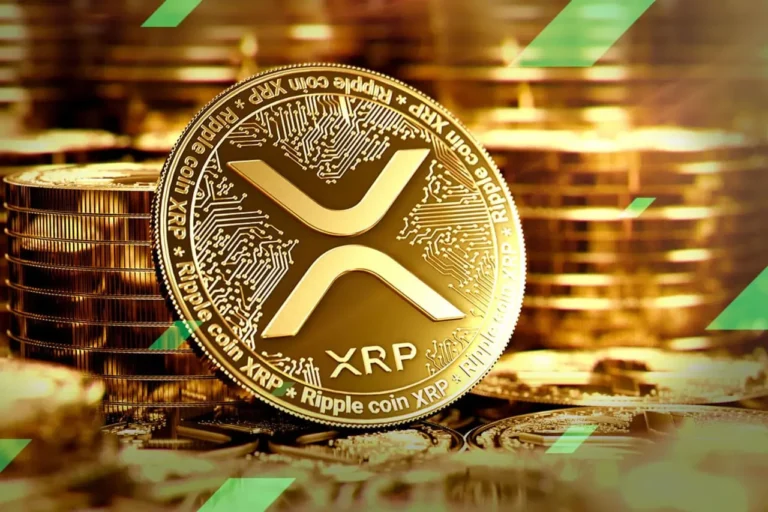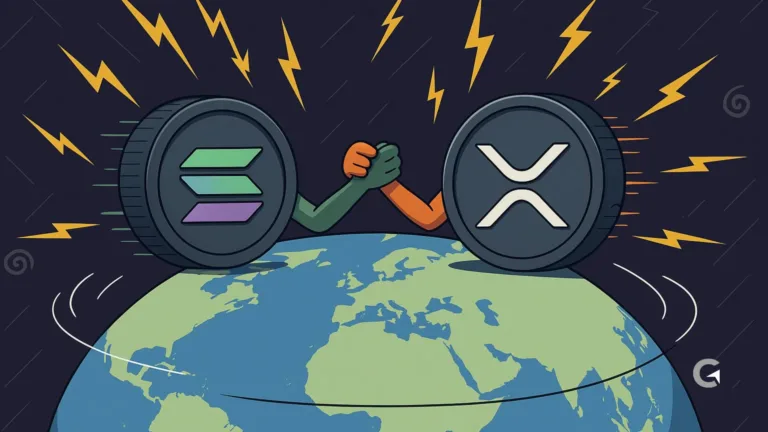Will Polygon Reach $3?
Polygon’s potential to reach $3 depends on factors balancing opportunities and challenges.
Some analyst forecasts for 2025 range widely, though some see a modest average of $0.63. Meanwhile, by 2030, projections reach up to $3, driven by expected growth in adoption and investment
This article reviews bullish drivers, technical signals, expert price forecasts, and risks to help investors understand the conditions under which Polygon might approach the $3 level.
Key Takeaways:
Hide- Alchemy Insights: Ecosystem projects nearly doubled from 489 to ~900, boosting developer activity. (Source: Alchemy)
- StealthEX.io: Forecasts MATIC hitting up to $2.19 in 2025 under bullish conditions. (Source: StealthEX.io)
- 99Bitcoins: Predicts an average MATIC price of $3 by 2030. (Source: 99Bitcoins)
- CentralCharts: Identified key resistance levels at $1.03 and support at $0.69 for bullish continuation. (Source: CentralCharts)
- 99Bitcoins: Notes a $30 trillion real-world asset tokenization opportunity for Polygon. (Source: 99Bitcoins)
Polygon Price Prediction to Hit $3

In this section, we analyze the key factors driving and deterring Polygon (prev Matic) potential ascent to $3. We explore bullish catalysts, survey expert price predictions, and any factors that could shape Polygon’s trajectory.
Bullish Catalysts
Polygon’s ecosystem has nearly doubled its projects from 489 to about 900, boosting on-chain activity and developer interest.
The upcoming Polygon 2.0 upgrade, with its Aggregation Layer and zk-rollups, promises improved scalability and security.
Real-world asset tokenization could unlock a $30 trillion market, positioning Polygon as a bridge between traditional finance and DeFi.
Strategic alliances with enterprises and blockchain projects may further drive adoption and create momentum toward higher valuations.
Technical Indicators
Key resistance at $0.77 marks the first hurdle; a price breakout above this level, supported by rising trading volume, would signal renewed bullish momentum.
A golden crossover, where the 50-day moving average rises above the 200-day, would confirm a shift in sentiment.
Traders also monitor intermediate targets at $1.03 and $1.53. Conversely, failure to hold the $0.69 support zone could lead to a correction, underscoring the need for ongoing technical analysis.
Expert Forecasts
Analyst projections for 2025 vary: some anticipate MATIC dipping to $0.53 before rebounding to $0.86 or more than $2 per POL, while others project a more conservative average near $0.63.
Looking toward 2030, a subset of forecasts targets $3, reflecting expectations of sustained adoption, innovation, and institutional investment.
The range of predictions highlights both the potential upside and the uncertainty inherent in crypto markets.
Risks and Headwinds
Polygon faces competition from other Layer-2 solutions such as Arbitrum, Optimism, zkSync, and StarkNet.
Ethereum’s own sharding upgrades could reduce demand for external rollups. Regulatory decisions or security incidents could disrupt growth and investor confidence.
Additionally, a prolonged market downturn may suppress capital inflows, making the $3 target challenging under unfavorable conditions.
Competitive Landscape
While Polygon leads in developer activity, rivals offer distinct strengths: Arbitrum’s mature ecosystem, zkSync’s cost efficiency, and StarkNet’s advanced computations.
Polygon must continue to innovate and form partnerships to maintain its market position.
Tracking competitor developments helps gauge Polygon’s relative progress in features, adoption, and revenue generation.
Institutional Influence
Large-scale investments, such as from funds or ETFs, could drive significant upside, but may be delayed by regulatory clarity and risk assessments.
Monitoring institutional wallet movements and product approvals provides insight into potential catalysts for price performance.
Tips for Navigating Polygon’s Path to $3
In this section, we offer actionable tips for navigating Polygon’s journey toward $3. These best practices help investors make informed decisions and optimize their entry and exit points in the dynamic MATIC market.
- Monitor Key Price Levels: Track breakouts above $0.77 and support at $0.69 to gauge momentum.
- Use Moving Averages: Watch the 50/200-day crossover as a signal of trend shifts.
- Validate with Volume: Confirm price moves with rising trading volume to avoid false breakouts.
- Follow Upgrades: Stay updated on Polygon 2.0 and zk-rollup deployments for catalysts.
- Diversify Holdings: Limit exposure by allocating only a portion of capital to MATIC.
- Compare Competitors: Review feature rollouts on Arbitrum, Optimism, zkSync, and StarkNet.
- Watch Institutional Flows: Monitor large wallet movements and ETF developments.
- Adjust for News: Be ready to modify positions on regulatory or security announcements.
Final Words
Polygon’s potential to reach $3 depends on the balance between ecosystem development, technological enhancements, and market conditions.
Breakouts above resistance levels and increased trading volume would support a bullish case, while technical failures or adverse rulings could trigger declines.
Institutional interest may provide significant capital inflows but remains uncertain. Investors should apply risk management and due diligence.
Short-term forecasts for 2025 range from $0.63 to $2.19, with a longer-term projection targeting $3 by 2030.







